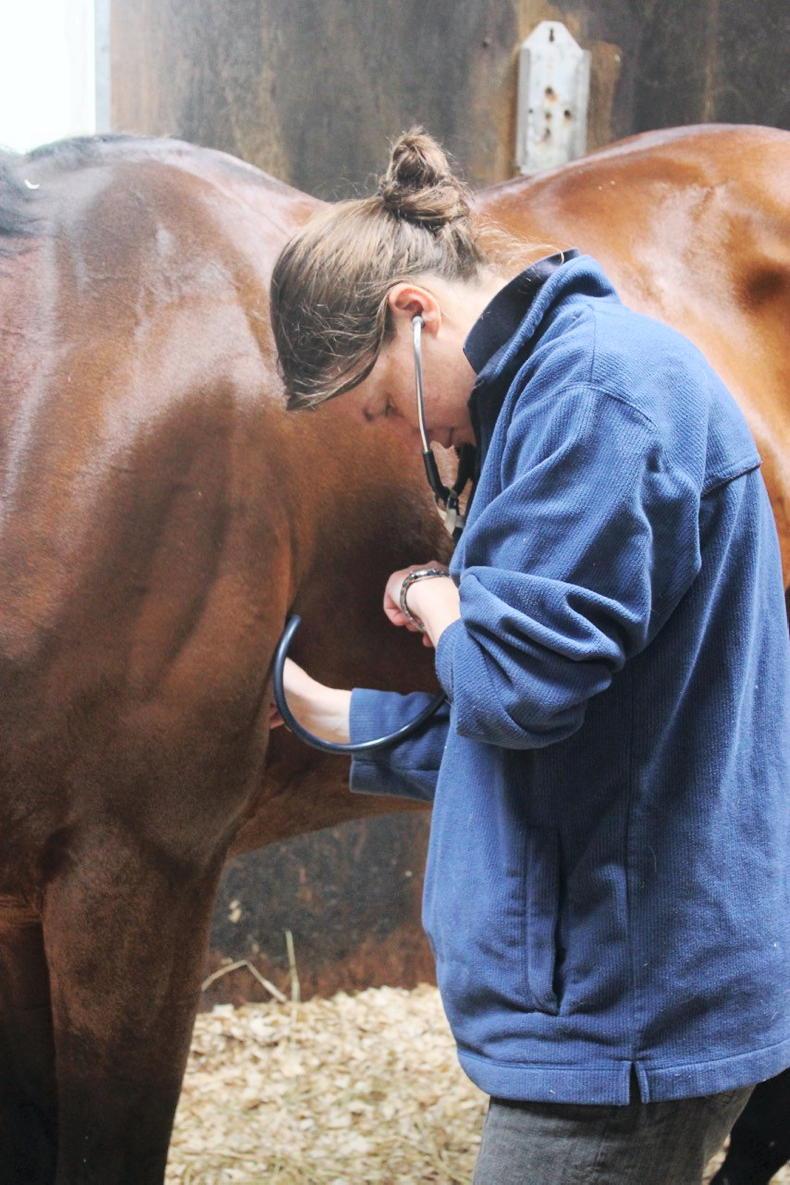IT’S no surprise that the ‘whip rules’ prove a controversial and also ongoing issue: public commentary goes with the territory when in receipt of substantial public funding.
Racing folk may say they are fatigued at it being raised yet again; that it’s ‘unhelpful’ and ‘reactionary’ to tweak the rules a lá the BHA this autumn across the Irish Sea. Could racing get ahead of the curve instead?
For non-racing people, it is broadly speaking unacceptable to hit an animal to bend him to our will when human safety is not at stake.
Few would quibble at hitting a dog actively savaging a child; but to make him perform tricks in a circus – a very different matter! Hence the distinction in the public mind between using a horsewhip for reasons of safety as against ‘encouragement’ – seen as a euphemism for enforcement – at the sharp end of a race.
Intent, the purpose behind what we do, matters – it’s the ‘Why?’ question. Leaving aside those who would ban the activity out-of-hand, most sensible people will accept that galloping racehorses in a group at speed is an inherently dangerous activity – for humans as well as for horses.
Rider safety
Rider safety is really important and justifies the negative effect of whip-use on the animal. Even when well-padded, the stick still startles and stings a horse into action – faster flight forward may be viewed as a positive effect by people, not so the horse being hit. Thus sensible safely rules should apply in the interest of mutual safely, including using a stick to:
But hitting him to get him to run faster at the finish is a different matter! Commentators quote the strict rules around the number of strikes, forehand versus backhand, degree of force, place(s) permitted on the horse and periods of the race itself.
They refer to the deterrent penalties the rider may suffer if they breach these rules – days off, loss of earnings and mandatory re-training. And they decry the ‘nightmare’ scenario of a horse being disqualified in a major race; that punters will feel ‘cheated’ if they’ve backed the now-non-winner.
But what thought do these same commentators give to punters who back the second but are ‘cheated’ of their winnings because the heavily-whipped winner currently keeps the race? What about the owners of law-abiding runners ‘cheated’ out of prize money!
What might happen if whips could be used only for directional and safety purposes, and not for encouragement? Would we see more balanced partnerships running straighter racing lines with both hands on the reins?
Would the same horses and jockeys generally win? And if not, could it be that the more talented of the former and skillful of the latter were now being rewarded?
Punishing jockeys alone misses the mark – they do benefit by the win, of course, but isn’t it really the connections who hold the whip-hand? Integrity rules should be framed so that the best combinations consistently come out on top and are duly rewarded.
Same for those who take a punt. Did you applaud the winning connections of the 2022 Grand National at Aintree?
What use giving a holiday to an amateur rider who’d already declared this his last ride! To this writer, the way it played out encouraged a ‘win-at-all-costs’ mentality. Every horse race will have a winner, shouldn’t it be the one that won while striving to stay within the rules?


 This is a subscriber-only article
This is a subscriber-only article
 It looks like you're browsing in private mode
It looks like you're browsing in private mode










SHARING OPTIONS: